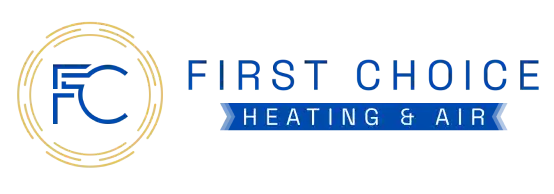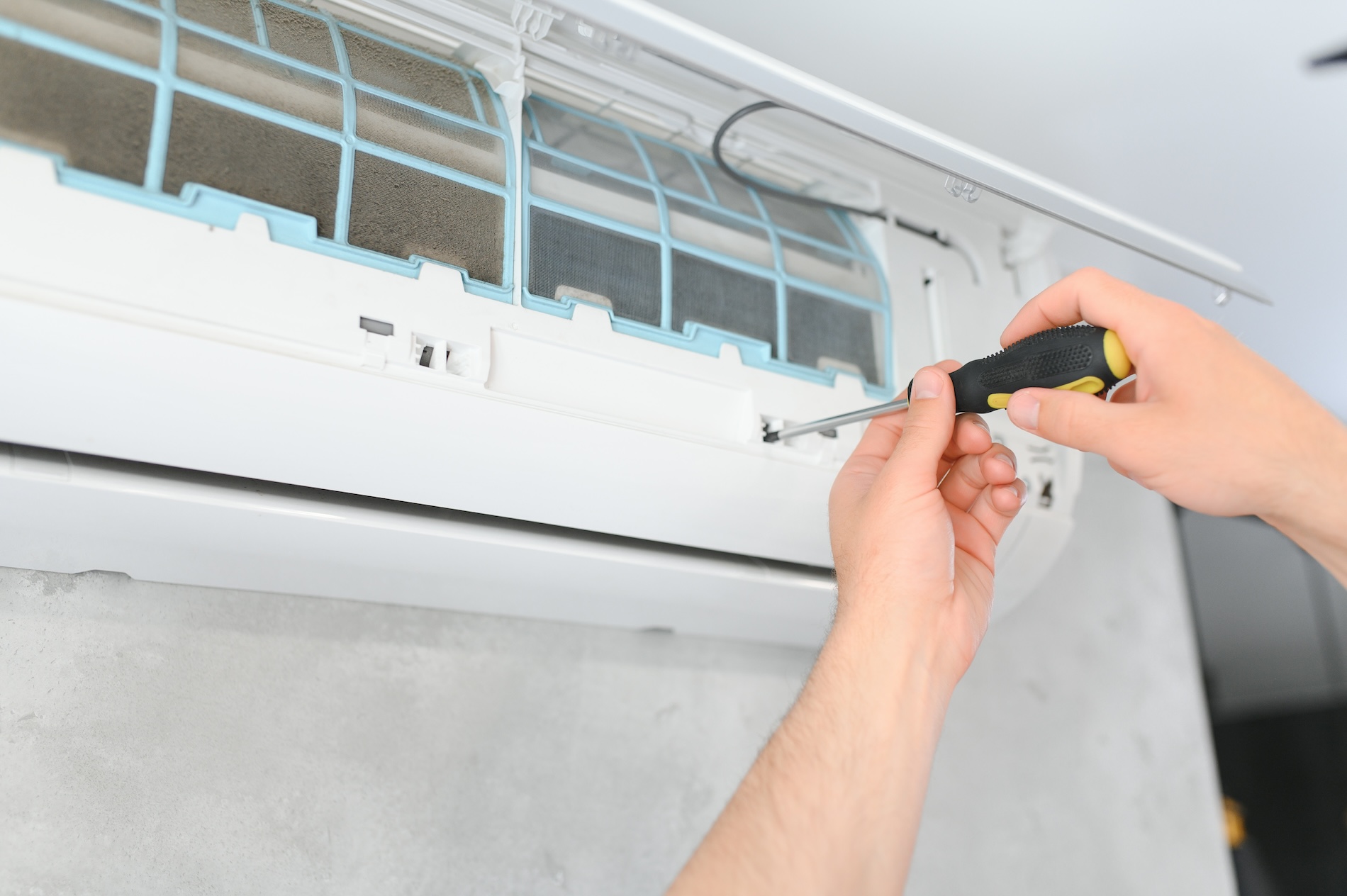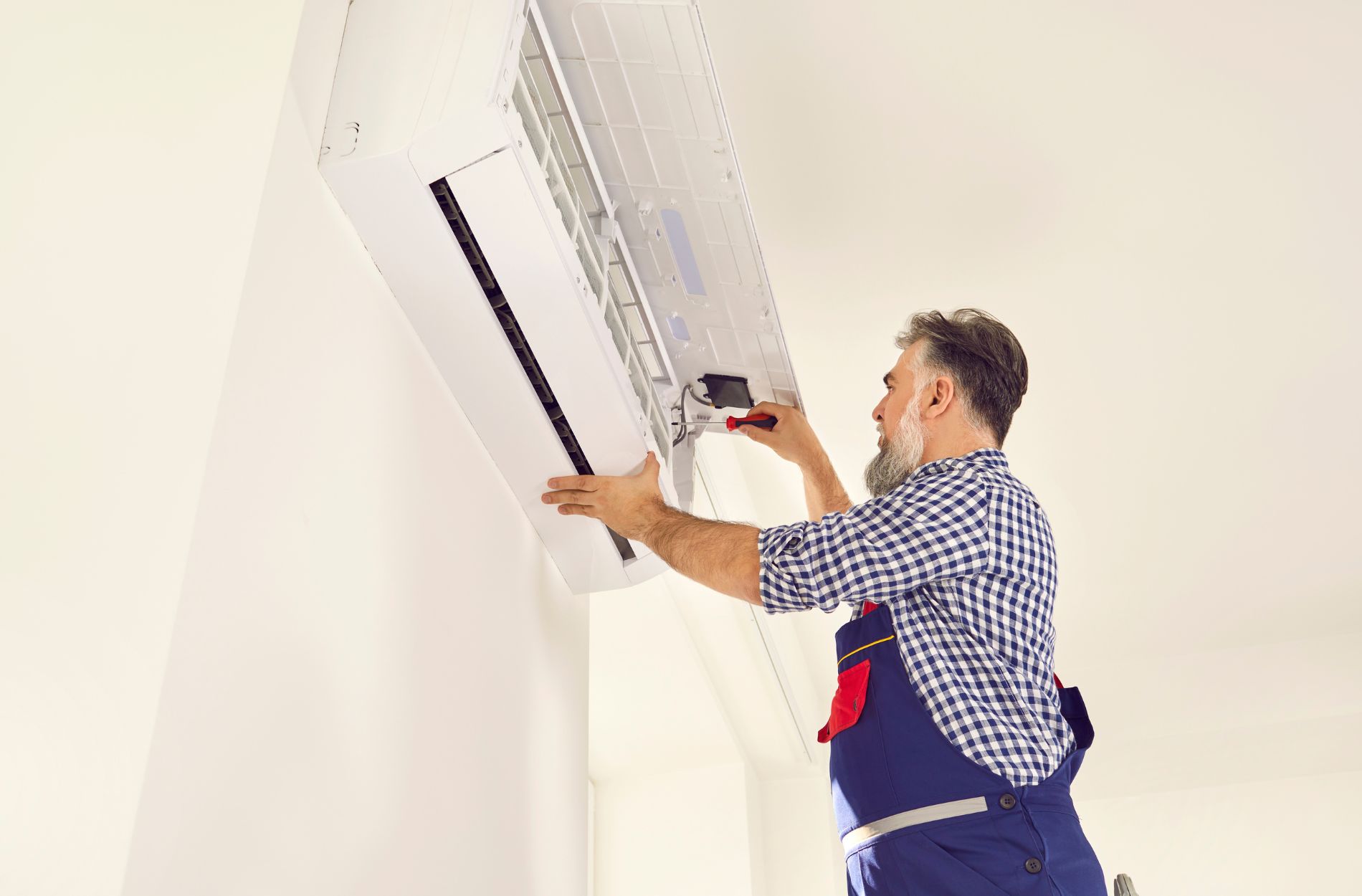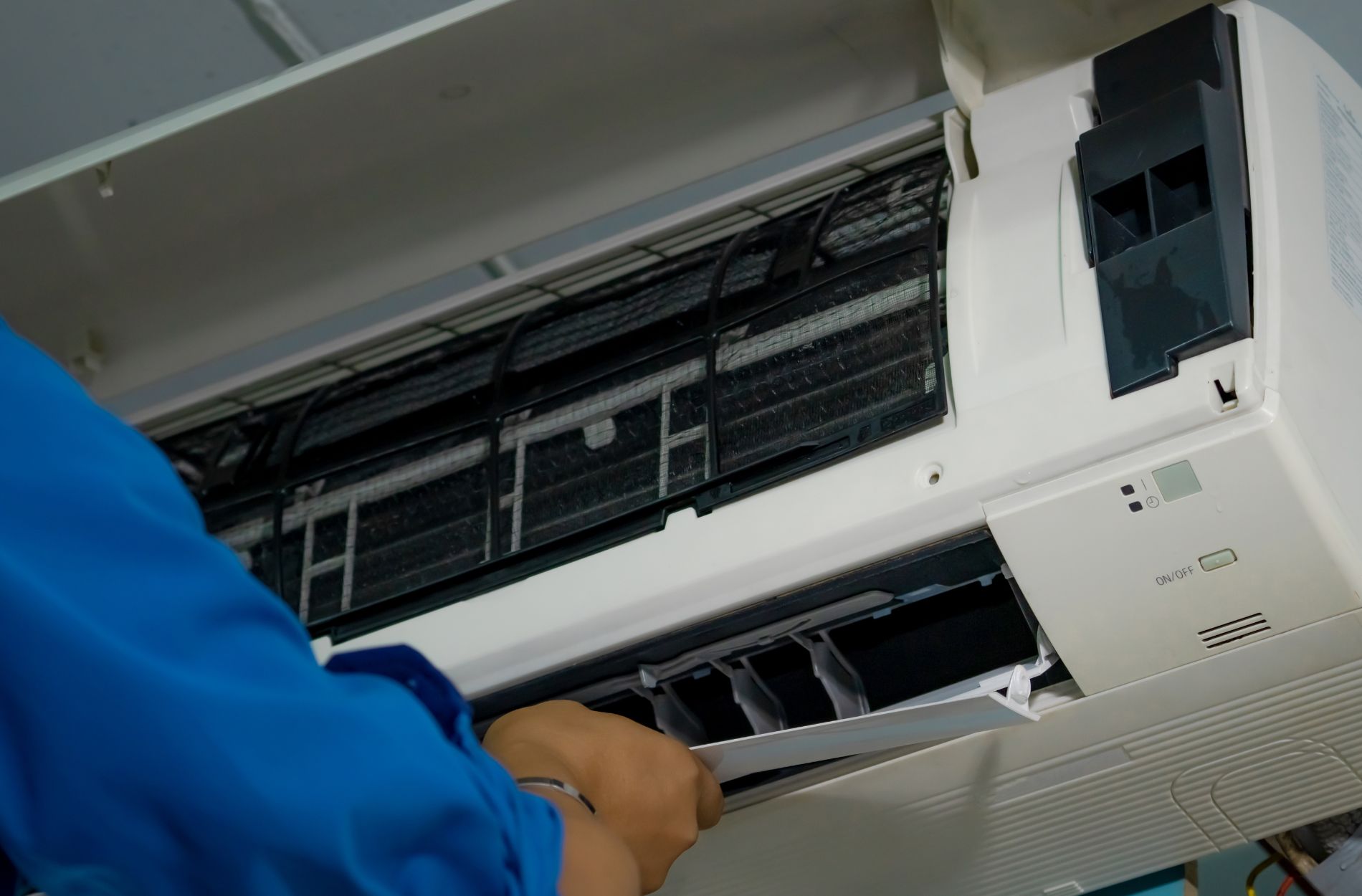In the heart of winter, your furnace is the unsung hero, providing warmth and comfort to your home. However, with time, even the most reliable systems face wear and tear. Recognizing the signs indicating it’s time for a new furnace is crucial to maintaining a cozy home and avoiding unexpected breakdowns. In this guide, we’ll navigate the challenges of aging heating systems, understand the financial implications of frequent repairs, decode rising utility costs, explore the impact of shifting comfort levels, address issues of humidity and dirt buildup, decipher unusual noises and odors, and recognize the physical signs of wear and tear. Join First Choice Heating & Air with the help of our expert technicians as we delve into these essential aspects, helping you make informed decisions about your home’s heating system.
The Aging Furnace Dilemma: Navigating the Challenges of an Aging Heating System
Your trusty furnace has served your home diligently for years, but as it ages, it encounters challenges. Decreased efficiency, frequent breakdowns, and rising repair costs are telltale signs of an aging system. If you find yourself scheduling furnace repair in Riverton, UT, and surrounding areas more often than usual, it might be a sign that your furnace is struggling to keep up with your heating needs.
Financial Warning Signs: Understanding the Financial Impact of Frequent and Expensive Repairs
Frequent furnace repairs can take a toll on your budget. While repairing minor issues is expected, when repair costs escalate, it might be more financially prudent to invest in a new, energy-efficient furnace. Continuously patching up an old system often leads to recurring expenses that could be better allocated toward a new, reliable unit. Consider this: multiply the cost of the repair and the age of your unit. If the total is more than $5,000, it may be best to replace it.
Utility Bills on the Rise: Decoding the Connection Between Increasing Utility Costs and Your Furnace
If you notice a steady increase in your utility bills, your furnace might be the culprit. Older furnaces tend to lose their efficiency, causing them to work harder and consume more energy. As a result, your monthly energy bills rise significantly. By investing in a new furnace, you not only enjoy better heating performance but also save on long-term energy costs.
Home Comfort Disruptions: Exploring the Impact of Shifting Comfort Levels on Daily Life
As your furnace ages, you might experience inconsistencies in your home’s temperature. Certain rooms might be too warm while others remain chilly, leading to discomfort for you and your family. If you find yourself constantly adjusting the thermostat without achieving the desired comfort level, it’s time to consider a new furnace over another call for heating repair in Bluffdale, UT, or surrounding areas. Modern systems offer precise temperature control, ensuring even heating throughout your home.
Excessive Moisture, Dust, and Dirt Woes: Addressing the Issues of Humidity and Dirt Buildup in Your Home
Old furnaces often struggle with humidity control. Excessive moisture can lead to mold growth and compromise indoor air quality. Additionally, aging systems might not filter out dust and dirt effectively, resulting in poor air quality. If you notice your home feels excessively humid or dust accumulates quickly, it could be a sign that your furnace is no longer in its prime.
Unwanted Furnace Symphonies: Deciphering Unusual Noises and Odors Emanating from Your Heating System
Strange noises or unusual odors emanating from your furnace are clear indicators of a problem. Rattling, banging, or screeching noises, as well as persistent odors, suggest mechanical issues that require immediate furnace repair in Draper or surrounding areas. Ignoring these signs could lead to a breakdown, leaving your home without heat during the coldest months.
Furnace Face-Lift: Recognizing the Signs of Wear and Tear and Evaluating Your System's Physical Condition
Inspecting your furnace’s physical condition is essential. Look for signs of rust, cracks, or general wear and tear. If you notice corrosion or visible damage, it’s a strong indication that your furnace is no longer reliable. Regular maintenance can extend a furnace’s lifespan, but when physical signs of deterioration are evident, it’s time to invest in a new heating system.
Conclusion
Recognizing the signs indicating your furnace needs replacement is crucial for maintaining a comfortable and efficient home. By understanding the challenges of aging systems, the financial impact of repairs, rising utility costs, comfort disruptions, humidity and dirt issues, unusual noises, and physical wear and tear, you can make an informed decision about investing in a new, reliable furnace. For homeowners in Riverton, UT, Draper, and Bluffdale, UT, be sure to enlist our assistance here at First Choice Heating & Air. Investing in a new furnace not only ensures warmth but also provides peace of mind, knowing your home is equipped with a high-performing heating system tailored to your needs. Call us today for a quote!






